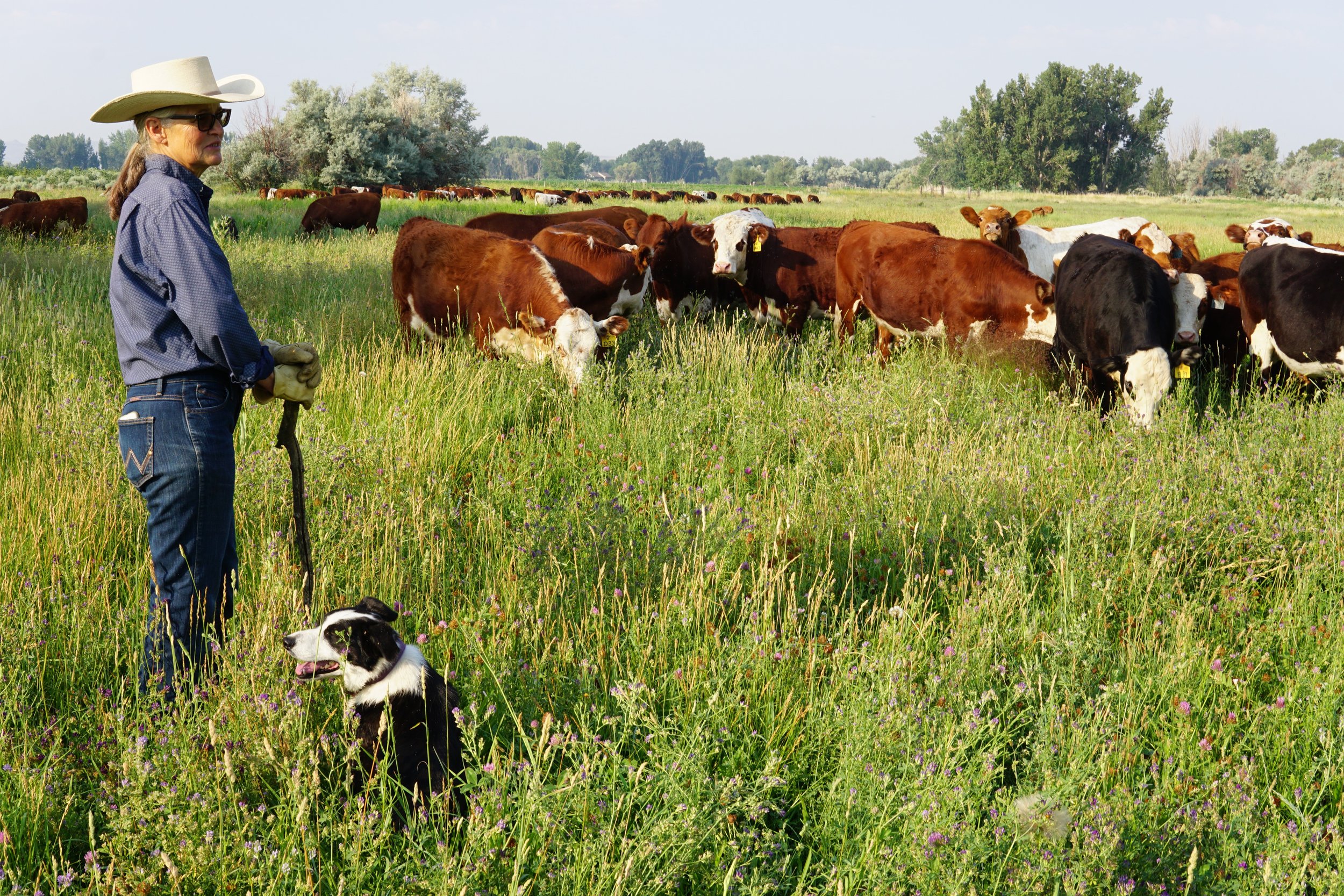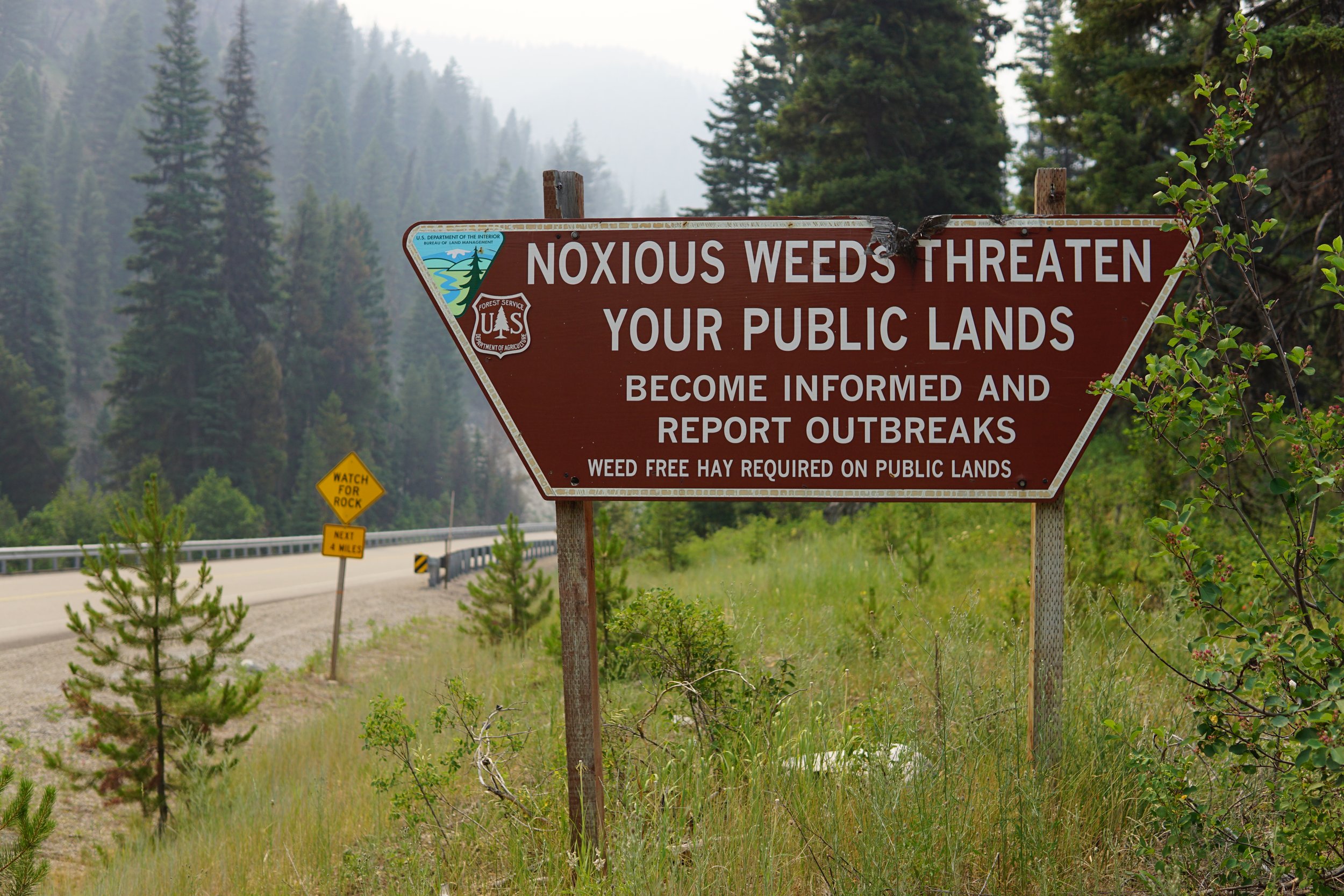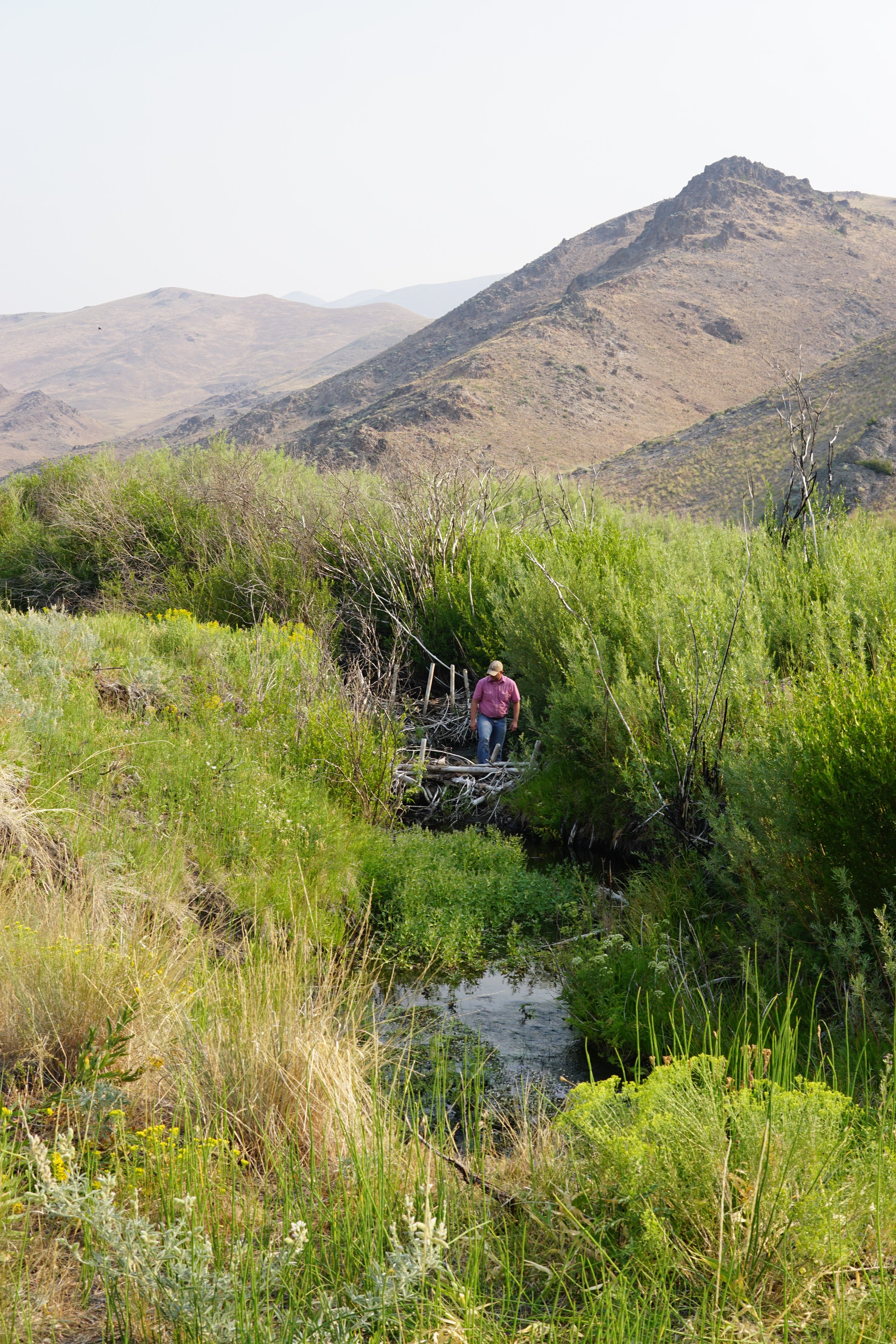Partnering in the New West
A Video Highlighting the Bureau of Land Management and U.S. Fish and Wildlife Service’s Partners for Fish and Wildlife Program in Idaho
Many conservation groups are working together to create cost-shared jobs that allow people in those positions to work beyond their organizations' silos and limitations. Called partner positions, these people provide crucial capacity to build relationships that results in durable conservation that benefits the ecological, social and economic foundations of rural communities.
The Bureau of Land Management (BLM) and U.S. Fish and Wildlife Service’s (USFWS) Partners for Fish and Wildlife program in Idaho have a history of partnering-up to in the most crucial places. As an example of “smart government” the BLM and USFWS have established three cost-shared permanent staff positions in southern Idaho to work closely within their rural, agriculture-based communities to enact durable, cross-boundary sagebrush habitat conservation. These staff sit in BLM offices and help implement projects that the BLM and USFWS wouldn’t individually have the staff capacity or resources to achieve on their own.
As threats to sagebrush rangelands grow, small communities feel immeasurable benefits from these partner positions. Two ingredients needed to enact durable conservation are trust and time. One cannot be built without the other. Long-term partner positions are critical to building bridges between the many different types of landowners and local conservation organizations living in the West. Continued, diverse, and permanent support is crucial to continuing their work.
The enormity of today’s conservation and budget challenges requires new ways of doing business. This is a model of smart-government and strategic funding can expand to other places to fit different western communities' conservation needs. By having these positions in place before challenging rangeland issues arise they have the ability to get ahead of problems and take action to address negative ecological and economic situations that might arise.
“The positions located within these communities have been incredibly well received. The demand for their assistance is increasing yearly, particularly in years where we have significant wildfire activity. We cannot keep up with the amount of opportunity or work that these individual positions have.”







